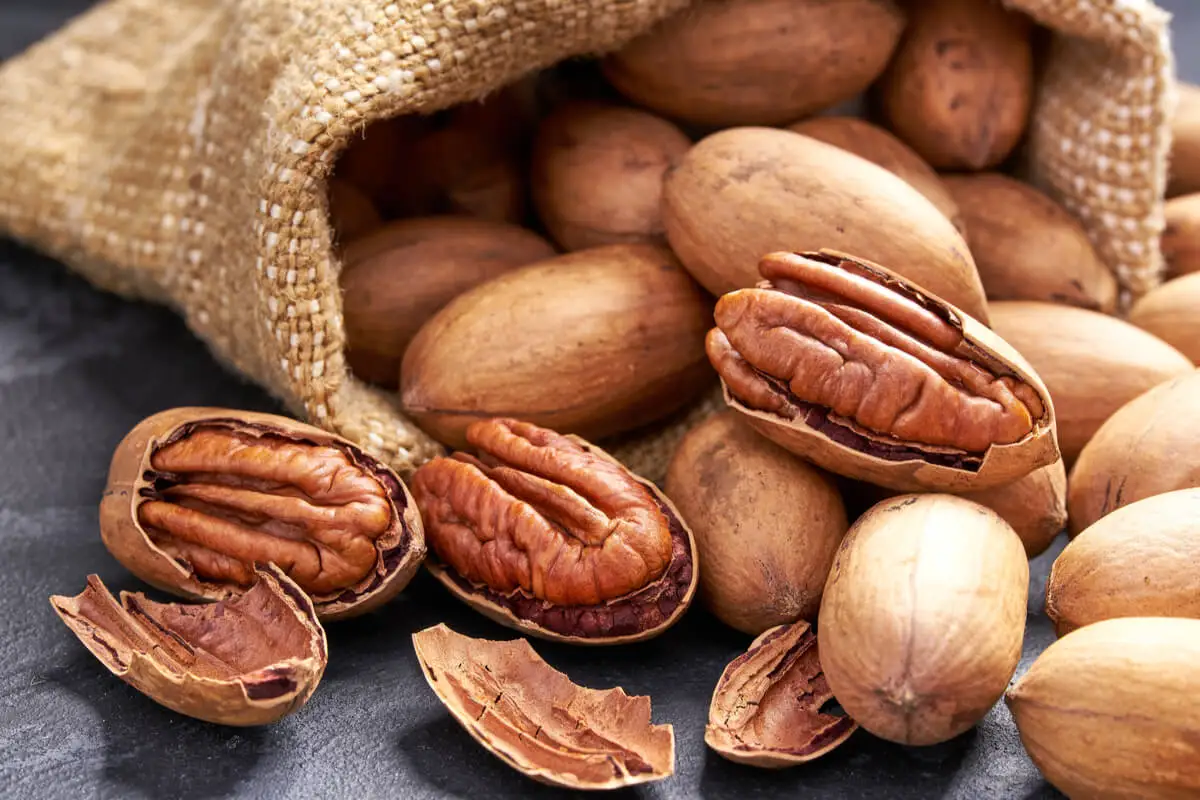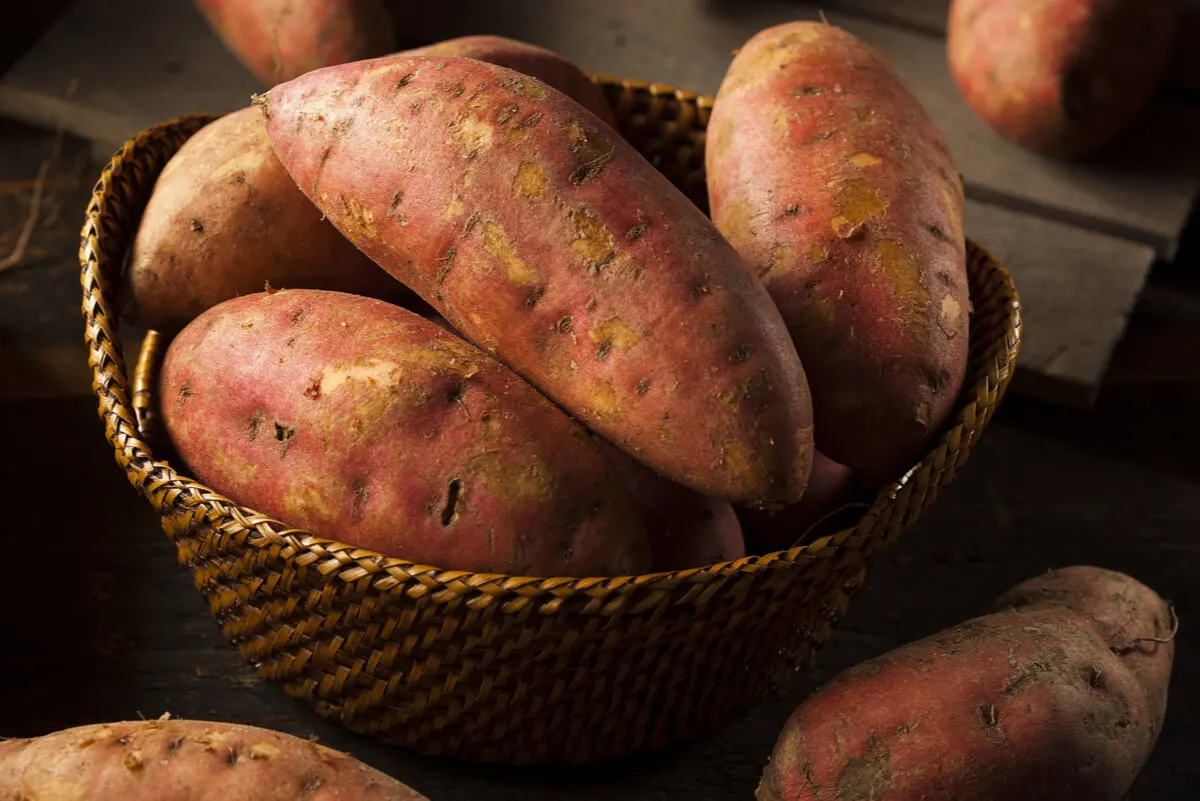12 Healthy Snacks to Give Your Child


Written and verified by the nutritionist Maria Patricia Pinero Corredor
There’s a wide variety of healthy snacks for kids to give them when they feel hungry between meals. Children should limit their consumption of processed foods, as they increase the risk of diseases such as weight gain, obesity, diabetes, and cardiovascular disorders.
Instead, the consumption of fresh, whole foods with high nutritional value can help them to optimally cover their energy and nutrient requirements to maintain their health and ensure their proper physical and mental development. If you have no idea what snacks you can offer them, read on and learn about some options.
12 healthy snacks for kids
From a nutritional point of view, it’s advisable to reduce the amount of sugar consumed to less than 10% and salt to less than 5 grams per day. Do you know how much sugar and salt commercial snacks have? A lot! Therefore, there’s nothing like knowing these healthy snacks for kids to give your child on a daily basis.
1. Yogurt
Yogurt is a dairy product that’s obtained from a fermentation process. It contains minerals such as calcium, sodium, phosphorus, magnesium, and zinc, as well as vitamins A and D and those belonging to the B complex.
A review published in the International Journal of Food Sciences and Nutrition states that this food helps regulate children’s intestinal microbiota and improves their innate and adaptive immune responses.
Thus, it favors the prevention of obesity, cardiometabolic disorders, and infectious diseases. It’s recommended to consume its natural version, free of sugars or artificial flavors.
Find out more: Rice Cakes: The Benefits of this Snack
2. Walnut

This nut contains more polyphenols, antioxidants, and proteins than other types of nuts. 100 grams of nuts contain 14 grams of protein, phytosterols, vitamin E, and calcium.
Nuts are included in the list of dangerous foods for children under four years of age because they increase the risk of bronchial aspiration. From that age, they can be given under adult supervision.
A good idea is to crush them – or pulverize them – and add them to other recipes; for example, you can put them on salads, smoothies, parfaits, etcetera.
3. Sliced pears with ricotta cheese
The pear contains vitamin A, calcium, and vitamin C. Meanwhile, ricotta cheese provides extra protein, fatty acids, and phenolic compounds that benefit children’s health. The best part? You can prepare these snacks in minutes. Just slice the fruit and sprinkle a layer of ricotta cheese on top. They’ll love it!
4. Oatmeal
As detailed in research reported in Foods magazine, oatmeal is a very complete cereal that benefits the balance of the intestinal microbiota and immune system functions. Its consumption helps prevent chronic non-communicable diseases, in addition to improving cognitive health.
If you want to include it in the snacks you can give your child, just prepare it in milk (preferably without added sugar), or in bowls with fruit, seeds, or cocoa powder.
5. Fruit smoothies
Although the consumption of whole pieces of fruit is recommended, smoothies are also a good option to calm children’s hunger between meals. According to another study shared in Foods magazine, these types of drinks are abundant in bioactive phytochemicals that benefit health.
You can make them with a variety of fruits, such as strawberries, peaches, bananas, apples, and papaya, among others. It is also possible to incorporate other healthy foods such as natural yogurt, nuts, or oatmeal.
6. Boiled eggs
Boiled eggs contain large amounts of vitamin A, calcium, vitamin D, and high-quality proteins because they have all the essential amino acids for health. To offer them as a healthy snack, you can accompany them with a slice of bread or whole-grain crackers.
7. Raisins
Raisins are dried fruits obtained from the grape drying process. Because of their high iron content, they help prevent anemia and reduce the risk of constipation.
Research in the journal Nutrients states that their high fiber content and phenolic compounds help promote health. Although they contain sugars, they are a healthy snack, ideal for improving diet quality.
8. Turkey and avocado
Turkey is a good source of protein, so if it is baked and chopped into pieces, accompanied by avocado, it becomes an excellent snack. For its part, avocado contains good quality fats, vitamin A, calcium, and vitamin C.
9. Baked sweet potatoes

Sweet potatoes contain antioxidants capable of counteracting oxidative stress in the body, promoting memory, and fighting diseases such as diabetes and obesity.
- To bake them, you need fresh sweet potatoes, olive oil, and salt.
- Cut and peel them into slices.
- Then, sprinkle them with a little salt and some olive oil.
- Put in a tray in the oven for 20 minutes at 220 degrees C. Enjoy!
Find out more about Sweet Potatoes: Properties and Benefits
10. Kale
Because of its content of vitamins A, C, and K, and its low caloric intake, kale can become a good alternative among healthy snacks to give your child. The best part? You can add it to many recipes. Here’s an idea for its preparation:
- Take a small kale, olive oil, garlic powder, and salt.
- Then, wash and dry the kale well.
- Mix it with the oil and seasonings to taste.
- Bake it at 175 degrees Celsius for 10 to 15 minutes.
11. Carrot sticks with hummus
Hummus is a cream of chickpeas and lemon juice with a high calcium and vitamin A content. Carrots have vitamins A, B, C, and D, as well as minerals and antioxidants.
To use this healthy snack alternative, just prepare the hummus at home and chop the carrot into sticks. Simply delicious!
12. Oatmeal and banana cookies
Oatmeal is a food with an abundant content of dietary fiber, unsaturated fatty acids, protein, and micronutrients. It can be combined with bananas to make delicious and healthy cookies for children.
- To prepare, mix two cups of rolled oats, three ripe bananas, and 80 milliliters of coconut oil.
- Bake in a greased pan at 175 degrees Celsius for 15 minutes.
Healthy snacks to supplement your child’s diet
Choosing healthy snacks for kids is the best way to improve the quality of your child’s diet. Although stores are invaded by processed products that are postulated as an option to calm children’s hunger between meals, the truth is that their intake can be harmful in the long term.
On the contrary, choosing fresh and natural products contributes to their good nutrition. According to a study in Maternal & Child Nutrition, snacks are an important source of energy and nutrients for children’s diets. Choosing the right snacks is crucial to maintaining their health.
All cited sources were thoroughly reviewed by our team to ensure their quality, reliability, currency, and validity. The bibliography of this article was considered reliable and of academic or scientific accuracy.
- cessed foods bad for children? Study finds an association between consuming more ultraprocessed foods and lower levels of physical fitness in children. ScienceDaily. Retrieved January 10, 2023 from www.sciencedaily.com/releases/2022/06/220614122611.htm
- Organización Mundial de la Salud. Alimentación Sana. 2018. Disponible en https://www.who.int/es/news-room/fact-sheets/detail/healthy-diet.
- Federación de enseñanza de Andalucía. La importancia de la Alimentación en los Niños. 2011. Revista digital para profesionales de la enseñanza. Disponible en https://www.feandalucia.ccoo.es/docu/p5sd7889.pdf.
- Babio N. Más allá del valor nutricional del yogur: ¿un indicador de la calidad de la dieta?. Nutr Hosp 2017; 34(Supl. 4):26-30. Disponible en https://scielo.isciii.es/pdf/nh/v34s4/05_babio.pdf.
-
Fiore G, Di Profio E, Sculati M, Verduci E, Zuccotti GV. Health effects of yogurt consumption during paediatric age: a narrative review. Int J Food Sci Nutr. 2022 Sep;73(6):738-759. doi: 10.1080/09637486.2022.2065467. Epub 2022 Apr 22. PMID: 35450518.
- Cuadros C. Actualidades en alimentación complementaria. Acta Pediatr Mex. 2017 may;38(3):182-201. Disponible en http://www.scielo.org.mx/pdf/apm/v38n3/2395-8235-apm-38-03-0182.pdf.
- Bennato F, Ianni A, Grotta L, Martino G. Evaluation of Chemical-Nutritional Characteristics of Whey and Ricotta Obtained by Ewes Fed Red Grape Pomace Dietary Supplementation. Food Sci Anim Resour. 2022 May;42(3):504-516. doi: 10.5851/kosfa.2022.e20. Epub 2022 May 1. PMID: 35611081; PMCID: PMC9108957.
-
Paudel D, Dhungana B, Caffe M, Krishnan P. A Review of Health-Beneficial Properties of Oats. Foods. 2021 Oct 26;10(11):2591. doi: 10.3390/foods10112591. PMID: 34828872; PMCID: PMC8625765.
- Bestwick C, Scobbie L, Milne L, Duncan G, Cantlay L, Russell W. Fruit-Based Beverages Contain a Wide Range of Phytochemicals and Intervention Targets Should Account for the Individual Compounds Present and Their Availability. Foods. 2020 Jul 7;9(7):891. doi: 10.3390/foods9070891. PMID: 32645879; PMCID: PMC7404635.
-
Olmo-Cunillera A, Escobar-Avello D, Pérez AJ, Marhuenda-Muñoz M, Lamuela-Raventós RM, Vallverdú-Queralt A. Is Eating Raisins Healthy? Nutrients. 2019 Dec 24;12(1):54. doi: 10.3390/nu12010054. PMID: 31878160; PMCID: PMC7019280.
- Reister EJ, Belote LN, Leidy HJ. The Benefits of Including Hummus and Hummus Ingredients into the American Diet to Promote Diet Quality and Health: A Comprehensive Review. Nutrients. 2020 Nov 28;12(12):3678. doi: 10.3390/nu12123678. PMID: 33260594; PMCID: PMC7760696.
- Rasane P, Jha A, Sabikhi L, Kumar A, Unnikrishnan VS. Nutritional advantages of oats and opportunities for its processing as value added foods – a review. J Food Sci Technol. 2015 Feb;52(2):662-75. doi: 10.1007/s13197-013-1072-1. Epub 2013 Jun 25. PMID: 25694675; PMCID: PMC4325078.
- Shriver LH, Marriage BJ, Bloch TD, Spees CK, Ramsay SA, Watowicz RP, Taylor CA. Contribution of snacks to dietary intakes of young children in the United States. Matern Child Nutr. 2018 Jan;14(1):e12454. doi: 10.1111/mcn.12454. Epub 2017 Mar 23. PMID: 28337856; PMCID: PMC6866248.
This text is provided for informational purposes only and does not replace consultation with a professional. If in doubt, consult your specialist.








